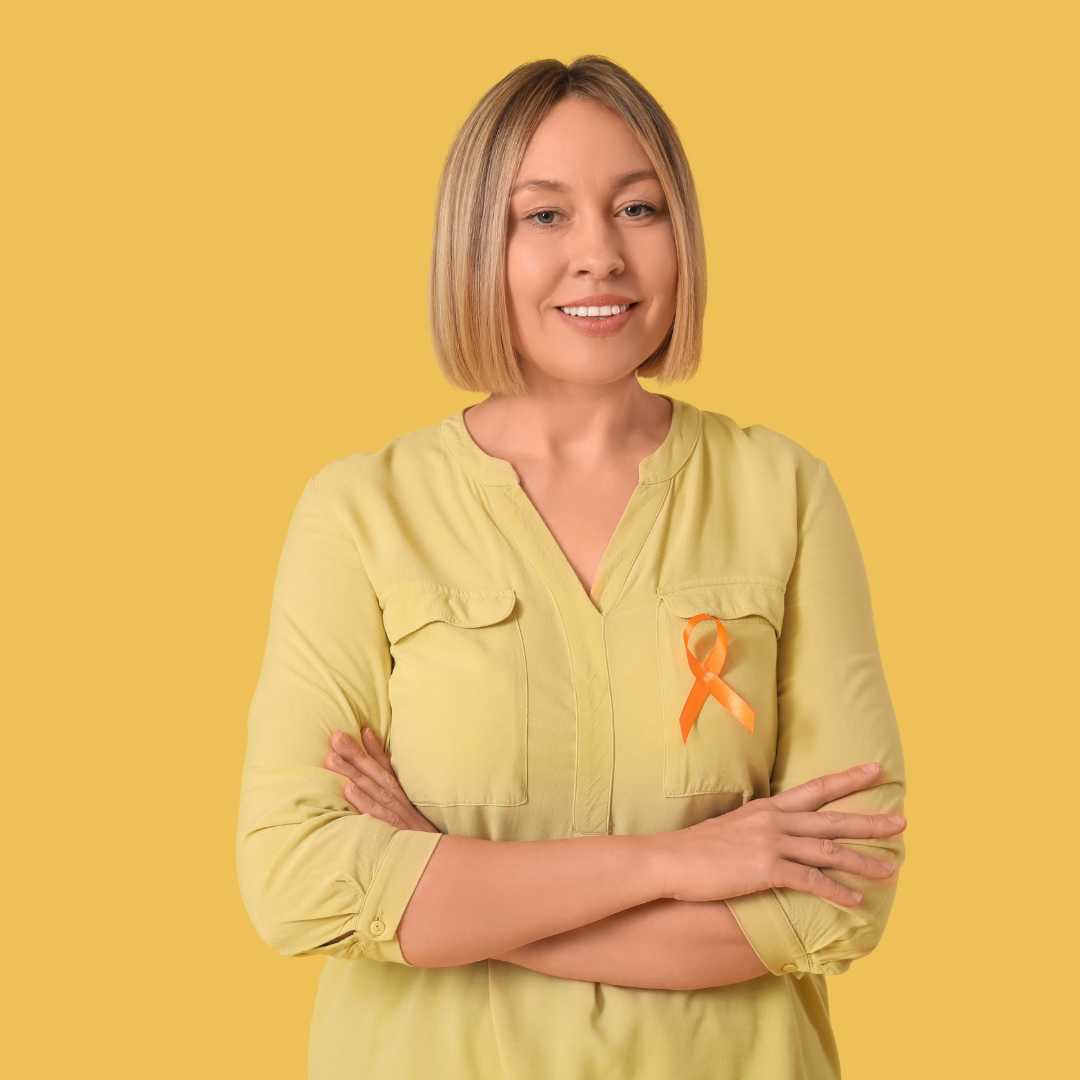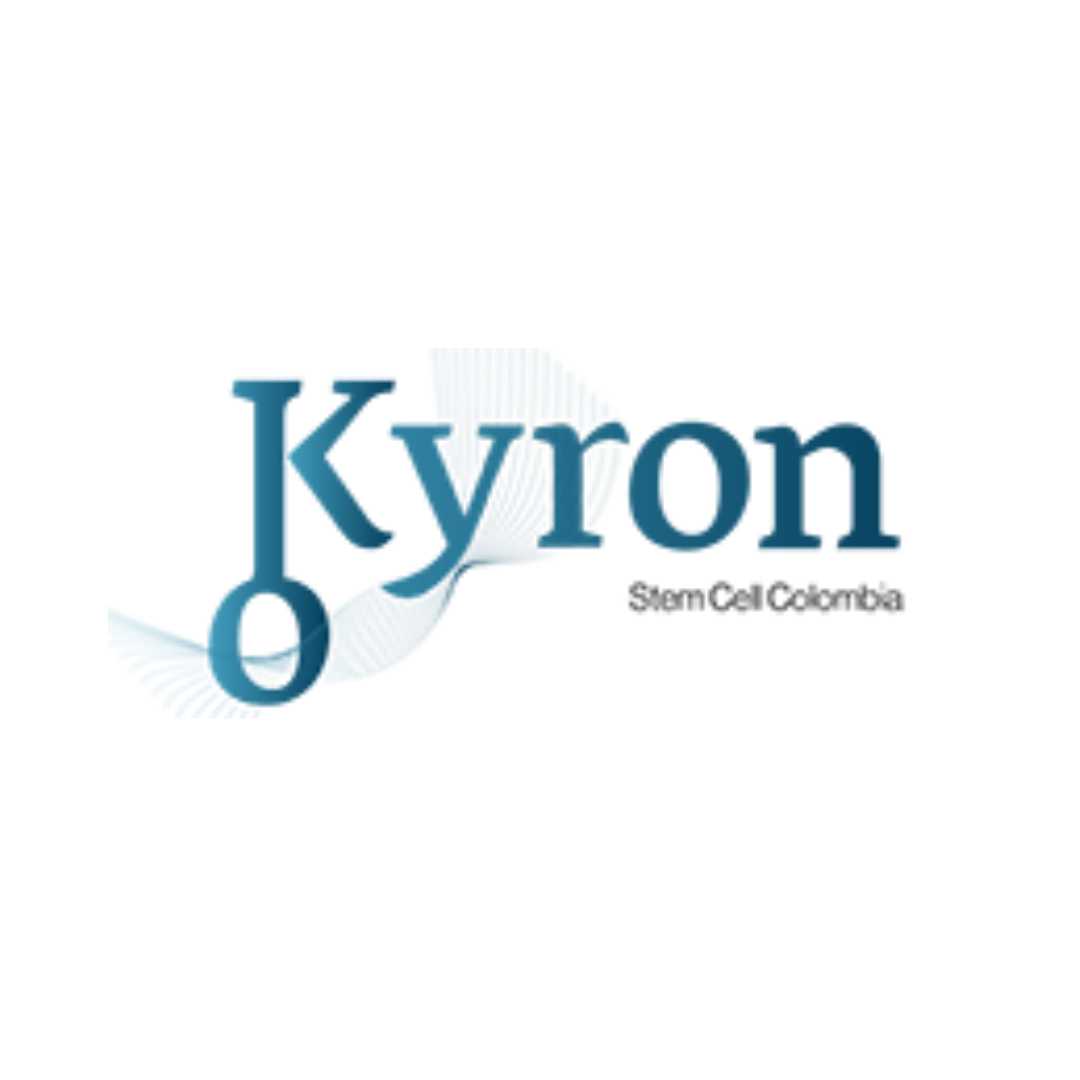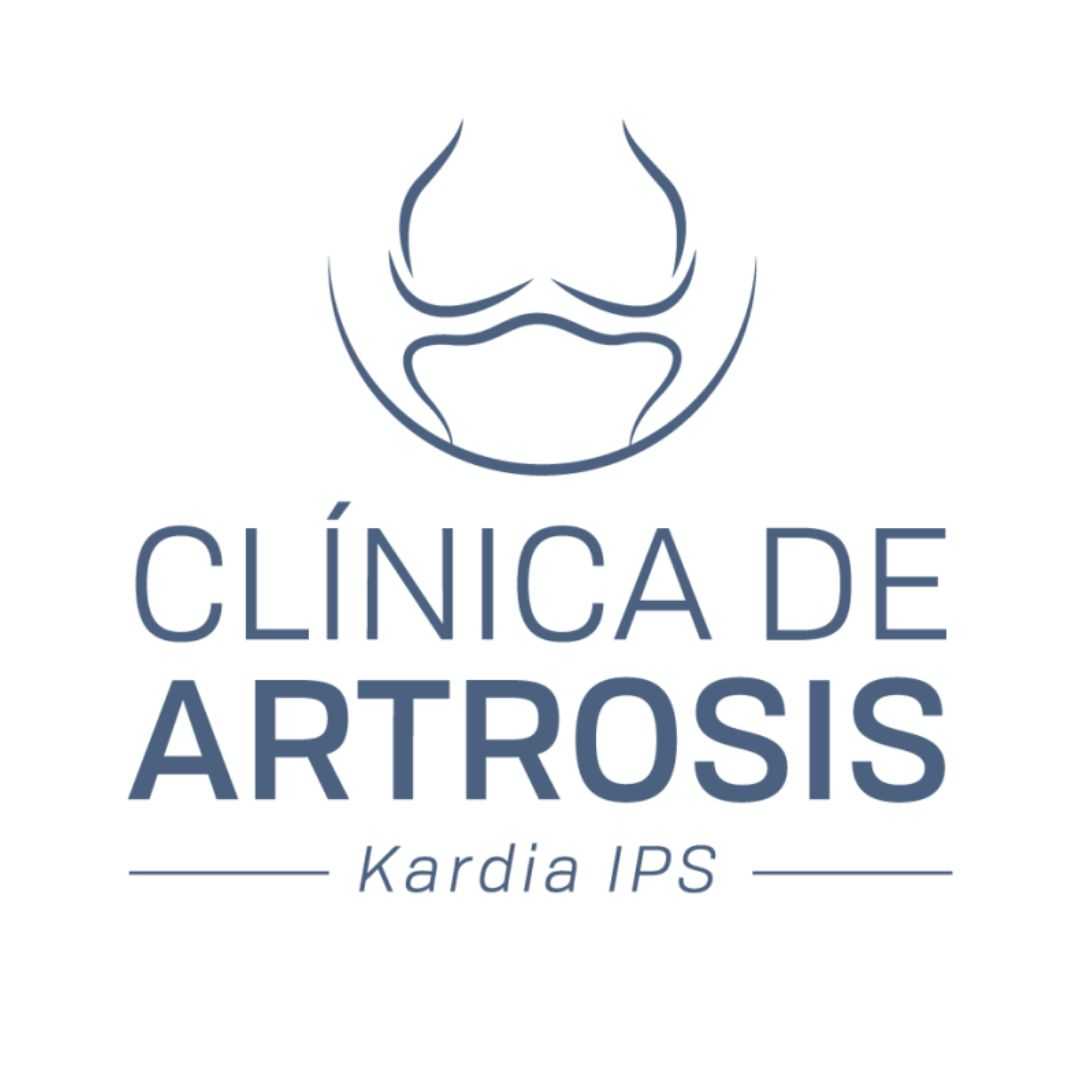Colombia Stem Cell Treatment for Brain Injury: What to Expect
A brain injury—whether from a sudden trauma like a car accident or a medical event like a stroke—changes life in an instant. For patients and their families, the road to recovery is often long, frustrating, and limited by the slow pace of traditional rehabilitation. When standard medicine says "you've reached a plateau," many families begin looking for other options, leading them to the question: Can stem cell therapy help with brain injuries in Colombia?
Colombia has rapidly become a premier destination for regenerative medicine in Latin America. Unlike the United States, where regulations severely restrict the number of stem cells that can be administered, Colombian regulations allow for the use of "expanded" stem cells. This means clinics can culture cells in a lab to create doses in the hundreds of millions—therapeutic quantities that are believed to be necessary to effectively treat the brain.
In this guide, we will explore why patients are flying to cities like Bogotá and Medellín for treatment. We will cover the science behind how these cells repair the brain, the cost differences, the safety protocols enforced by the Colombian government (INVIMA), and what you can realistically expect from this cutting-edge therapy.
How does stem cell therapy repair a damaged brain?
When the brain is injured, it enters a state of chronic inflammation. This inflammation prevents healing and can actually kill off more healthy neurons over time. Stem cell therapy primarily works by acting as a powerful anti-inflammatory agent. The injected cells, typically Mesenchymal Stem Cells (MSCs), migrate to the site of injury and release chemicals that "switch off" the immune system's attack mode.
Furthermore, these cells engage in "paracrine signaling." They secrete neurotrophic factors (like BDNF and NGF) which are essentially fertilizer for the brain. This encourages "neuroplasticity"—the ability of the brain to rewire itself—allowing healthy parts of the brain to take over functions lost by the damaged areas.
What types of brain injuries can be treated?
Colombian clinics see a wide spectrum of cases. Traumatic Brain Injury (TBI) from accidents or sports is a common indication. The therapy is also widely used for Hypoxic Ischemic Encephalopathy (HIE), which occurs when the brain is starved of oxygen (e.g., near-drowning or birth complications).
Additionally, patients recovering from strokes (ischemic or hemorrhagic) often seek treatment to regain motor control or speech. While the therapy cannot revive dead brain tissue, it aims to revitalize the "penumbra"—the stunned area of tissue surrounding the injury that is damaged but still salvageable.
Why is Colombia a top destination for this treatment?
The "dose" matters. In the United States, FDA regulations generally prohibit the expansion of stem cells for commercial use. This means patients usually receive a "same-day" procedure with a low number of cells (often fewer than 5 million). In contrast, stem cell clinics in Colombia are permitted to culture cells in a lab over several weeks.
This process allows them to multiply the cells into the hundreds of millions. For a large organ like the brain, research suggests that these high doses are critical for seeing clinical improvements. This regulatory advantage, combined with high-quality medical infrastructure, makes Colombia a global leader.
What is the cost of stem cell therapy for brain injury in Colombia?
Cost is a major driver for medical tourism. Colombia offers world-class medical care at a fraction of the price of its neighbors. A comprehensive protocol for brain injury, including intrathecal injections and 100+ million cells, might cost $12,000 in Bogotá, whereas a similar treatment in Panama could cost $25,000, and in the US (if available via clinical trial), it could exceed $50,000.
Cost Comparison: Colombia vs. USA vs. Panama
Here is a breakdown of the estimated costs for stem cell therapy for brain injuries across different popular destinations:
| Country | Estimated Cost (USD) | Cell Type & Count |
|---|---|---|
| Colombia | $5,000 - $15,000 | Expanded UC-MSCs (100M - 300M cells) |
| Panama | $20,000 - $35,000 | Expanded UC-MSCs (high dose) |
| United States | $15,000 - $50,000+ | Usually Autologous (Low dose) or Clinical Trial |
| Mexico | $8,000 - $20,000 | Expanded UC-MSCs (high dose) |
Is stem cell therapy legal and regulated in Colombia?
Patients often worry about safety abroad. In Colombia, the INVIMA plays a role similar to the FDA. They oversee the laboratories that process the stem cells to ensure sterility and viability. While the therapy itself is often considered "investigational" rather than a standard cure, the practice is legal for licensed medical doctors operating within certified facilities.
Always ask a clinic for their "IPS" registration (Instituciones Prestadoras de Salud) and their laboratory's certification to ensure they are compliant with national laws.
What types of stem cells are used in Colombian clinics?
Most reputable clinics in Colombia use donor stem cells from umbilical cord tissue. These are preferred over the patient's own (autologous) cells for several reasons: they are "younger" and more active, they don't require a painful liposuction or bone marrow harvest from the patient, and they can be expanded to massive doses.
Because these cells are "immune-privileged," they do not require HLA matching and there is virtually no risk of rejection by the patient's immune system.
How are the cells administered for brain injuries?
Getting the cells to the brain is the biggest challenge. If injected only into a vein (IV), many cells get trapped in the lungs (the pulmonary trap). To solve this, Colombian specialists often use intrathecal administration. [Image of lumbar puncture procedure] This involves injecting the cells directly into the spinal fluid via the lower back.
The spinal fluid circulates around the brain, allowing the stem cells to bypass the "blood-brain barrier" and reach the injury site directly. Some clinics also use intranasal delivery as a less invasive supplemental method.
What is the success rate of this treatment?
It is crucial to be realistic: stem cell therapy is not a miracle cure that will fully reverse a severe brain injury overnight. However, data from clinics indicates that a majority of patients see "quality of life" improvements. For a TBI patient, this might mean improved short-term memory or less brain fog. For a stroke survivor, it might mean regaining the ability to move a paralyzed finger or speak more clearly.
What are the risks and side effects?
The safety profile of mesenchymal stem cells is well-documented. Because they do not form tumors (unlike embryonic stem cells), the long-term risks are low. The primary risks come from the injection procedure itself. An intrathecal injection carries a small risk of a "spinal headache" if the puncture site doesn't seal immediately, but this is temporary and treatable.
Clinics in Colombia adhere to sterile techniques that minimize the risk of infection, which is the most serious potential complication.
How long does the treatment take?
You won't be in the hospital for weeks. Most brain injury protocols are outpatient. Day 1 usually involves blood work and consultation. Day 2 and 3 involve the infusions and injections. Day 4 is often for observation or hyperbaric oxygen therapy (which boosts cell activity).
This schedule allows patients to combine their treatment with a relaxing trip, enjoying the mild weather of Medellín or the culture of Bogotá.
Do I need to bring medical records?
Before you even book a flight, reputable clinics will ask for a "virtual consultation." You will need to send your recent brain imaging (MRI/CT) and medical history. The medical team reviews this to ensure that stem cell therapy is safe for you and likely to be effective. Do not trust a clinic that is willing to treat you without seeing your medical history first.
Can children with brain injuries be treated?
Children often respond better to stem cell therapy than adults due to their naturally higher neuroplasticity. Many families travel to Colombia for children with Cerebral Palsy or brain injuries from birth. Pediatric protocols are carefully calculated based on body weight to ensure safety, and the staff is usually trained to make the experience as comfortable as possible for the child.
Is there a waiting list for treatment?
Because high-quality clinics produce fresh cells for each patient (rather than just thawing generic frozen vials), you typically need to book in advance. This lead time allows the laboratory to "expand" the cells to the required therapeutic dose (e.g., 100 million cells) specifically for your appointment.

.png)

.png)





.jpg)








Share this listing